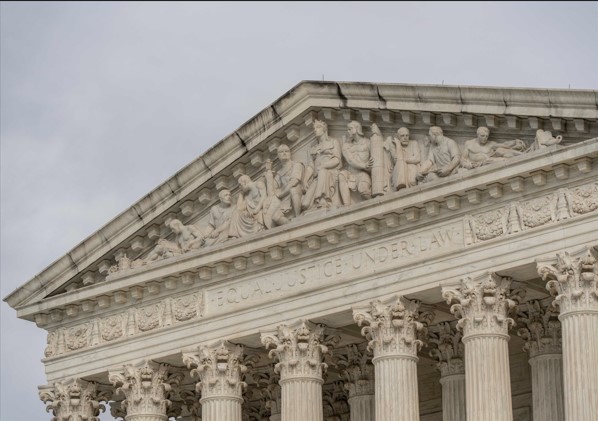Louisiana’s Congressional Map Under Supreme Court Review
March 21, 2025
at 1:51 PM
The March session will commence with the case of Louisiana v. Callais.
Background of the Case
The controversy began in 2022 when Louisiana’s legislature enacted a congressional map containing only one majority-Black district, despite Black residents making up roughly one-third of the state’s population. This map was swiftly challenged in federal court, leading to a determination that it likely violated Section 2 of the Voting Rights Act (VRA), aimed at preventing the dilution of minority votes. Consequentially, the state produced a new map in 2024 with two majority-Black districts.
Arguments in the Supreme Court
The forthcoming Supreme Court hearing will address the legality of Louisiana’s decision to redraw its congressional district lines. The state argues that it acted under significant pressures to comply with the requirements of both the VRA and the U.S. Constitution. On the other hand, opponents assert that the state’s actions reflect an unconstitutional racial gerrymander, wherein districts were principally determined based on racial demographics.
Legal Proceedings
- The federal district court previously rejected the 2022 map, asserting it likely oppressed Black voters’ rights as outlined in the VRA.
- Following this, the U.S. Court of Appeals for the 5th Circuit mandated a new map to be drawn by January 15, 2024.
- In response, the state produced S.B. 8, which introduced a second majority-Black district that traverses from Shreveport to Baton Rouge.
New Challenges and Supreme Court Review
This newly enacted map has faced additional lawsuits from voters identifying as “non-African American” who allege that S.B. 8 constitutes a racial gerrymander. A three-judge federal panel sided with these challengers, ruling against the use of S.B. 8 in future elections.
In May 2024, the Supreme Court put a pause on this ruling, allowing the implementation of S.B. 8 for the 2024 elections, which led to the election of Cleo Fields, a Democratic state senator.
Position of the State
In its Supreme Court brief, Louisiana contends that the practice of segregating citizens by race is a lingering issue in America’s history. The state insists that current voting rights jurisprudence creates a dilemma; it faces penalization regardless of whether it underplays or overemphasizes racial considerations in drawing its districts.
- They assert that the “non-African American voters” lack standing to challenge the new map and failed to demonstrate actual harm resulting from its implementation.
- Furthermore, Louisiana emphasizes that legislators were motivated chiefly by political considerations rather than race alone when formulating S.B. 8.
Challengers’ Response
The original challengers of the 2022 map support the state’s position, arguing that politics rather than race dictated the redistricting decisions. They claim that plaintiffs challenging S.B. 8 cannot adequately prove race was the predominant factor influencing the creation of the second majority-Black district.
Advocacy from Other States
A brief from Alabama, supported by 13 other states, warns against what it terms the “judicially driven expansion” of the VRA. They suggest that the Court restrict its interpretation of voting rights to ensure that participation opportunities do not breach constitutional protections.
Conversely, a coalition including the District of Columbia, joined by 19 states, argues for the upholding of established interpretations of Section 2 of the VRA, asserting that these frameworks have historically functioned effectively.
Conclusion
The Supreme Court’s upcoming discussions will critically evaluate the delicate balance between creating equitable voting districts for minority populations while adhering to constitutional mandates. With implications for future redistricting and voting rights, this case is poised to impact how states navigate these complex legal requirements.
This article was originally published on Howe on the Court.

